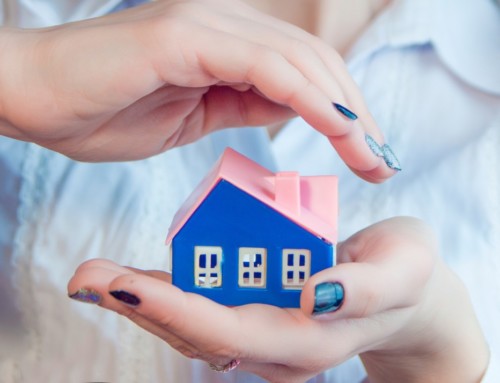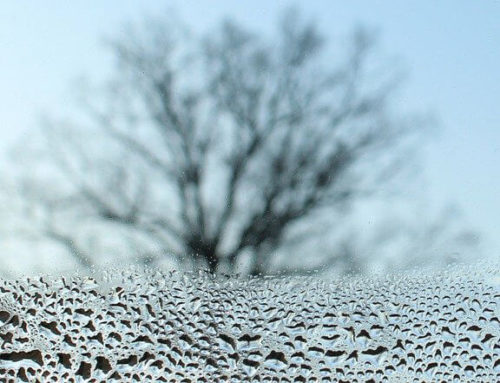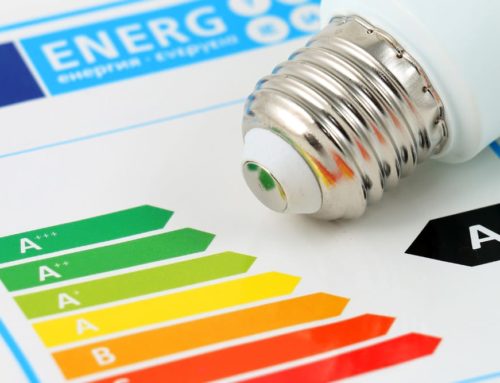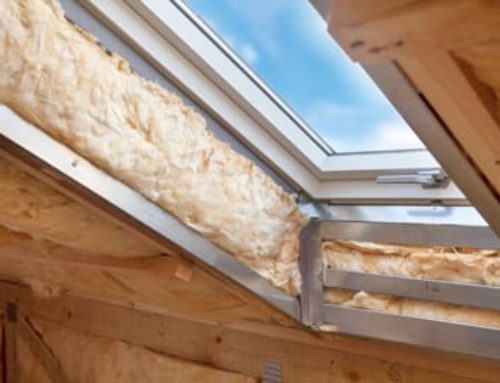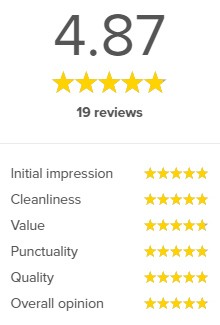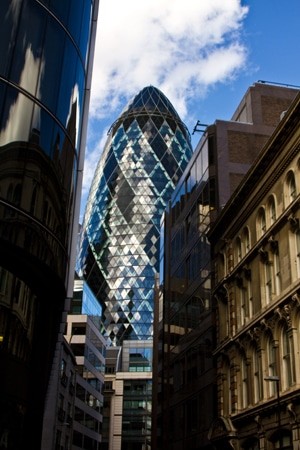 Ken Shuttleworth, an architect known for London’s world-famous Gherkin, has recently turned against glass buildings, stating:
Ken Shuttleworth, an architect known for London’s world-famous Gherkin, has recently turned against glass buildings, stating:
The Gherkin is a fantastic building… but we can’t have that anymore. We can’t have those all-glass buildings. We need to be much more responsible.
He is, of course, referring to the idea of excess glass compromising the energy efficiency of a building, and negatively impacting the environment in the process.
The problem is said to come in when a lot of glass lets in, or lets out, heat. More energy is then required to either cool or warm the building in question. This is the same concept responsible for the rise in popularity of domestic double and triple-glazed products, as sold by Hamilton Windows and other glazing companies.
Some have offered a counterargument to this glazing issue…
The trade association, Glass for Europe, has dismissed the claim that glass is at the root of the problem and highlights the sustainability of glass: “A whole palette of glass products is available for the glazing to meet different functions in the building envelope.”
In addition, Andrea Charlson, an engineer and part of a team at the firm Arup, who look to increase material sustainability, affirms: “There have been a lot of advancements in glass technology in the last few years and it’s amazing what we can do now in terms of putting coatings on glass… As the glass technology improves, one of the biggest causes of heat loss is through the framing. The heat energy will always try to find the path of least resistance.”
Why has glass been so historically popular?
Glass windows are abundant on buildings for a number of reasons, for example, for:
- Their visual appeal
- The views they offer
- The light they bring in (even on lower and basement floors)
- The dissolution of barriers between the indoors and outdoors
- The idea of a democratic, open-plan working space
Glazing and skyscrapers in the future
Governments are putting increased pressure on architects to change where they place windows. For example, the ZigZag is a new building being planned, which is designed to keep itself cool, due to the alternate walls casting shadows on their surroundings.
Ken Shuttleworth went on to comment that because we have to be more careful about how and where we use glass, “architects will become more inventive in how they use windows, instead of plastering them across whole facades.” He says: “It is a privilege to have a window. I think it should be seen as a privilege.”
Interested in green glazing solutions? Get in touch with Hamilton Windows
Our team is similarly keen to pursue environmentally friendly glazing options. That’s why we offer a number of products designed to minimise solar gain, such as double and triple glazing, A+ rated products, and a whole range of uPVC windows. For more information, get in touch on 020 8390 4855 or fill in our contact form to hear back from our team.
If you liked this blog post on glazing and energy efficiency, now try these:
- The Hamilton Windows guide to energy ratings and glazing products
- How to help the environment from the comfort of your own home
- A+ rating for energy efficient windows is launched

